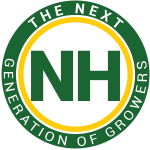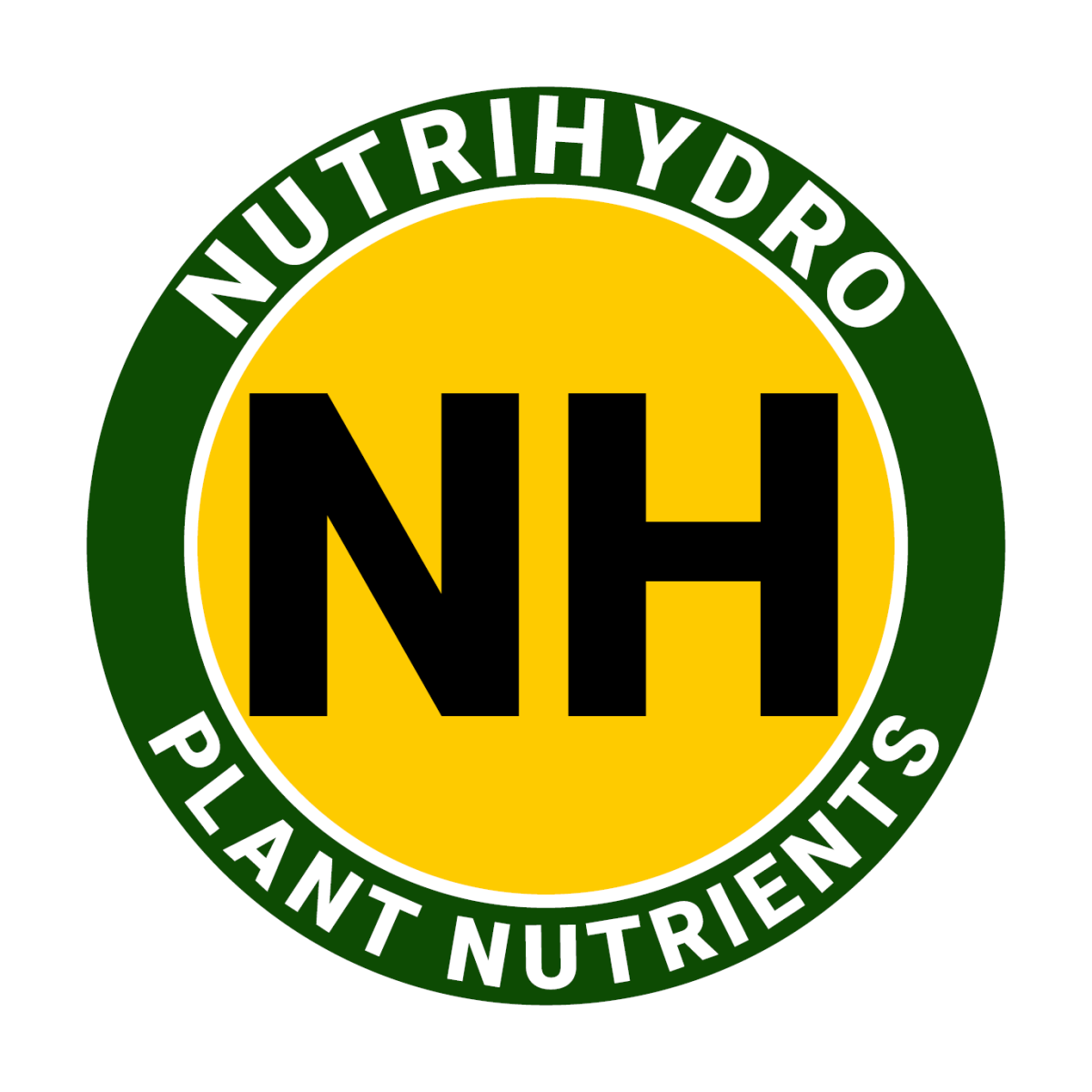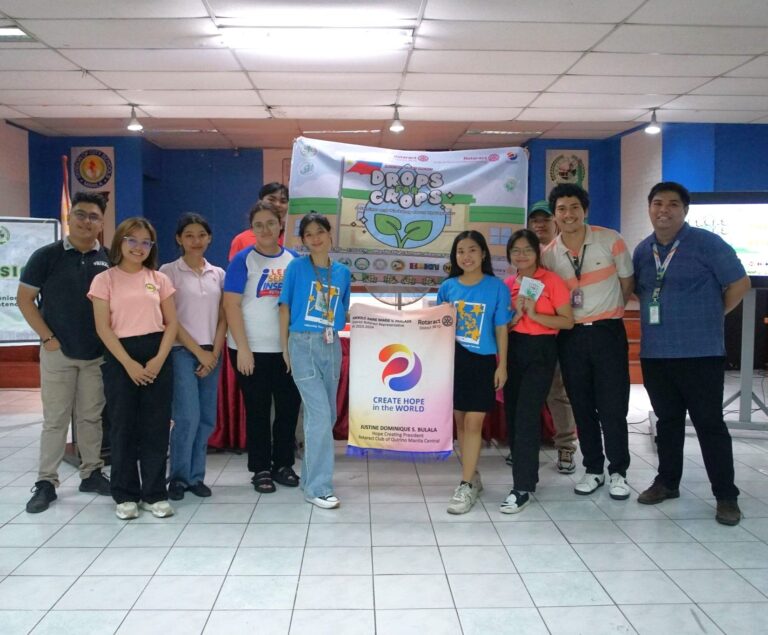Understanding Light: Boosting Growth in Hydroponics
Understanding Light: Boosting Growth in Hydroponics
In indoor cultivation, the understanding of light’s spectrum and its impact on plant growth is an intersection of physics and plant biology.
In March 03, Nathan Miguel conducted a lecture on this subject at NutriHydro Headquarters which offered a compelling overview, explaining how manipulating light wavelengths can significantly enhance the growth, development, and yield of crops cultivated in controlled environments. This knowledge is essential for optimizing indoor hydroponic systems that use artificial lighting or grow lights to substitute sunlight and meet the specific needs of plant species.
 As we all know, light is an important element in growing plants, trees, and crops. It acts as the primary energy source for photosynthesis, the process by which plants convert light energy into chemical energy. This energy then fuels various life-sustaining functions, including growth, nutrient assimilation, and reproduction.
As we all know, light is an important element in growing plants, trees, and crops. It acts as the primary energy source for photosynthesis, the process by which plants convert light energy into chemical energy. This energy then fuels various life-sustaining functions, including growth, nutrient assimilation, and reproduction.
Sunlight, the commonly used light, comprises a wide range of electromagnetic wavelengths, each with its unique properties that affect plant growth. This spectrum includes not only the visible light, which ranges from violet to red but also extends into the non-visible spectrum, with ultraviolet (UV) rays on one end and infrared (IR) rays on the other.
Photosynthetically active light is limited to the visible light spectrum only. The energy level is optimal for stimulating the electrons required for photosynthesis without causing harm to DNA structures [1]. The visible spectrum, which has wavelengths between approximately 380 nm (violet) and 700 nm (red), is where the plants convert light energy into chemical energy. This spectrum is commonly used in indoor hydroponics [2].
The Colors of Growth: How Plants Use Visible Light
Plants utilize different parts of the visible light spectrum to carry out various physiological processes in a phenomenon known as photobiology. Each color has a significant impact on plant life.
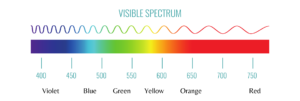
The visible spectrum of light ranges from approximately 380 to 740 nanometers, including all the colors the human eye can see, from violet to red. The blue and red wavelengths have a significant impact on their growth and development by governing photosynthesis and photomorphogenesis [3].
Blue light (400-525 nm) is a fundamental component in the growth of hydroponic plants. Its role is indispensable as it acts as a catalyst for chlorophyll production, promotes the development of robust root systems, regulates the opening and closing of stomata, and influences phototropism by encouraging the production of auxins. Auxins, in turn, play a vital role in cell elongation, division, and differentiation, essential processes that contribute to the growth of roots and leaf tips. Furthermore, blue light fosters enhanced cell division for the expansion of leaf size and activates stomatal receptors, enabling efficient uptake of carbon dioxide and release of oxygen [4].
Red light in the wavelength range of 600-750 nm plays a crucial role in triggering the activation of genes responsible for key plant functions such as seed germination, photoperiodism, and flowering, primarily through the action of the pigment phytochrome. This specific light wavelength has a profound impact on the flowering and fruiting processes in plants. Notably, the combined presence of water and red light is essential for the activation of gibberellin biosynthesis, a process vital for stimulating seed germination. Additionally, phytochromes, serving as photoreceptor proteins, play a pivotal role in inducing the production of auxin, a plant hormone that facilitates cell elongation, thereby contributing to overall growth and development [5].
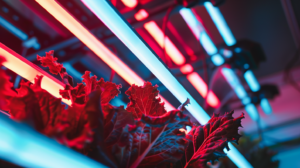 The combination of blue and red light is particularly beneficial for plants, providing a balanced spectrum that supports both vegetative growth and flowering. A white light can be added to provide all colors in a spectrum, creating a more stable wavelength for plant growth. This balance is crucial in controlled environments like greenhouses and indoor farming setups, where artificial lighting can be adjusted to mimic the ideal light conditions for plant growth.
The combination of blue and red light is particularly beneficial for plants, providing a balanced spectrum that supports both vegetative growth and flowering. A white light can be added to provide all colors in a spectrum, creating a more stable wavelength for plant growth. This balance is crucial in controlled environments like greenhouses and indoor farming setups, where artificial lighting can be adjusted to mimic the ideal light conditions for plant growth.
NutriHydro has available grow lights configured to provide optimal wavelengths for hydroponic plants, focusing on blue and red segments. This results in enhanced plant health, growth rate, and yield. Combined with advanced nutrient solutions, the customized grow lights create a synergistic effect, optimizing plant development, growth efficiency, and productivity in hydroponic cultivation.
References:
[1] Fondriest Environmental, Inc. Solar Radiation and Photosynthetically Active Radiation. Fundamentals of Environmental Measurements. 21 Mar. 2014. Web. https://www.fondriest.com/environmental-measurements/parameters/weather/solar-radiation/
[2] Visible light. (2010). https://science.nasa.gov/ems/09_visiblelight/
[3] Franklin, K. A. (2016). Photomorphogenesis: Plants feel blue in the shade. Current Biology, 26(24), R1275–R1276. https://doi.org/10.1016/j.cub.2016.10.039
[4] Gil, C. S., Kwon, S., Jeong, H., Lee, C., Lee, O., & Eom, S. H. (2021). Blue light upregulates auxin signaling and stimulates root formation in irregular rooting of rosemary cuttings. Agronomy, 11(9), 1725. https://doi.org/10.3390/agronomy11091725
[5] Sharrock, R. A. (2008). The phytochrome red/far-red photoreceptor superfamily. GenomeBiology.com (London. Print), 9(8), 230. https://doi.org/10.1186/gb-2008-9-8-230
Author

Honey Joyce Daz

Honey Joyce Daz
NutriHydro is a manufacturer of plant nutrients based in the Philippines. They are known to grow the healthiest, heaviest, and largest lettuce in the country. NutriHydro products are available to purchase from the following e-commerce platforms.
Lazada: bit.ly/3asMYXN
Shopee: bit.ly/3nRJX6Z
Basilyard: bit.ly/346Kklw
NutriHdyro Website: bit.ly/434MoY6
